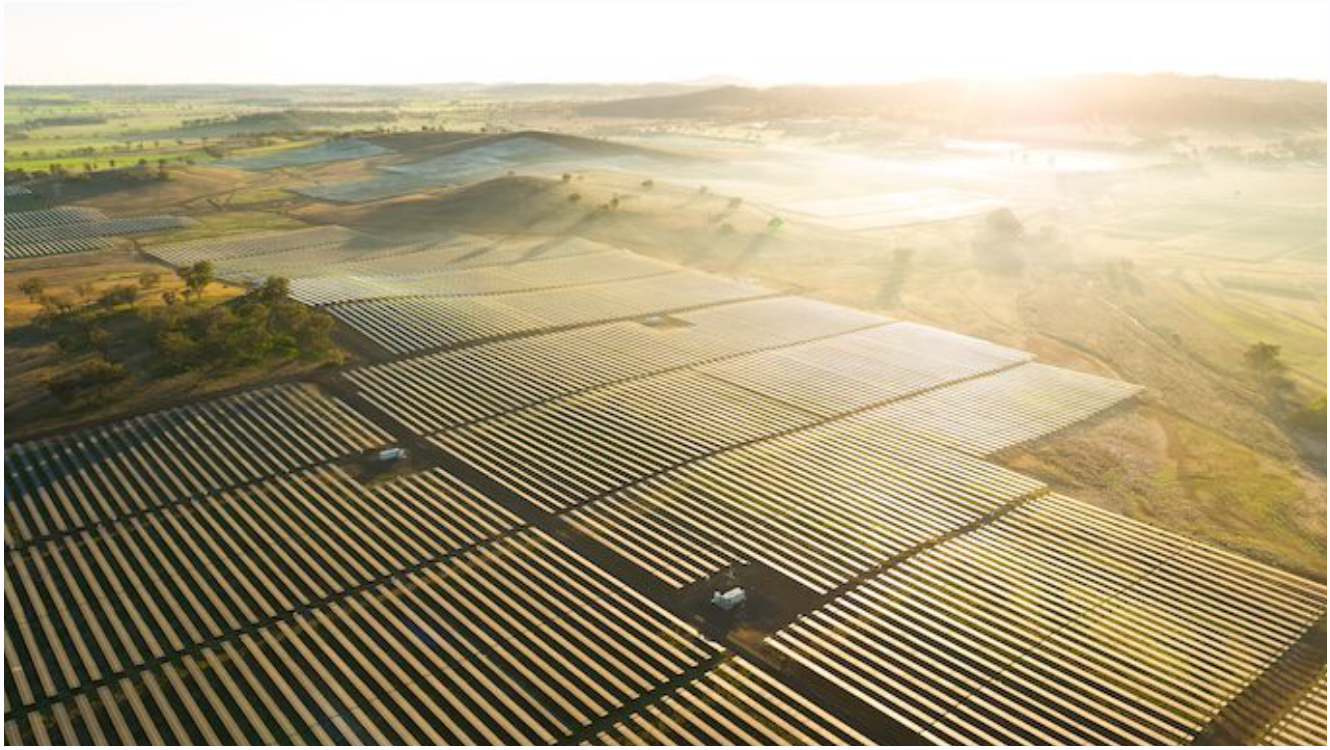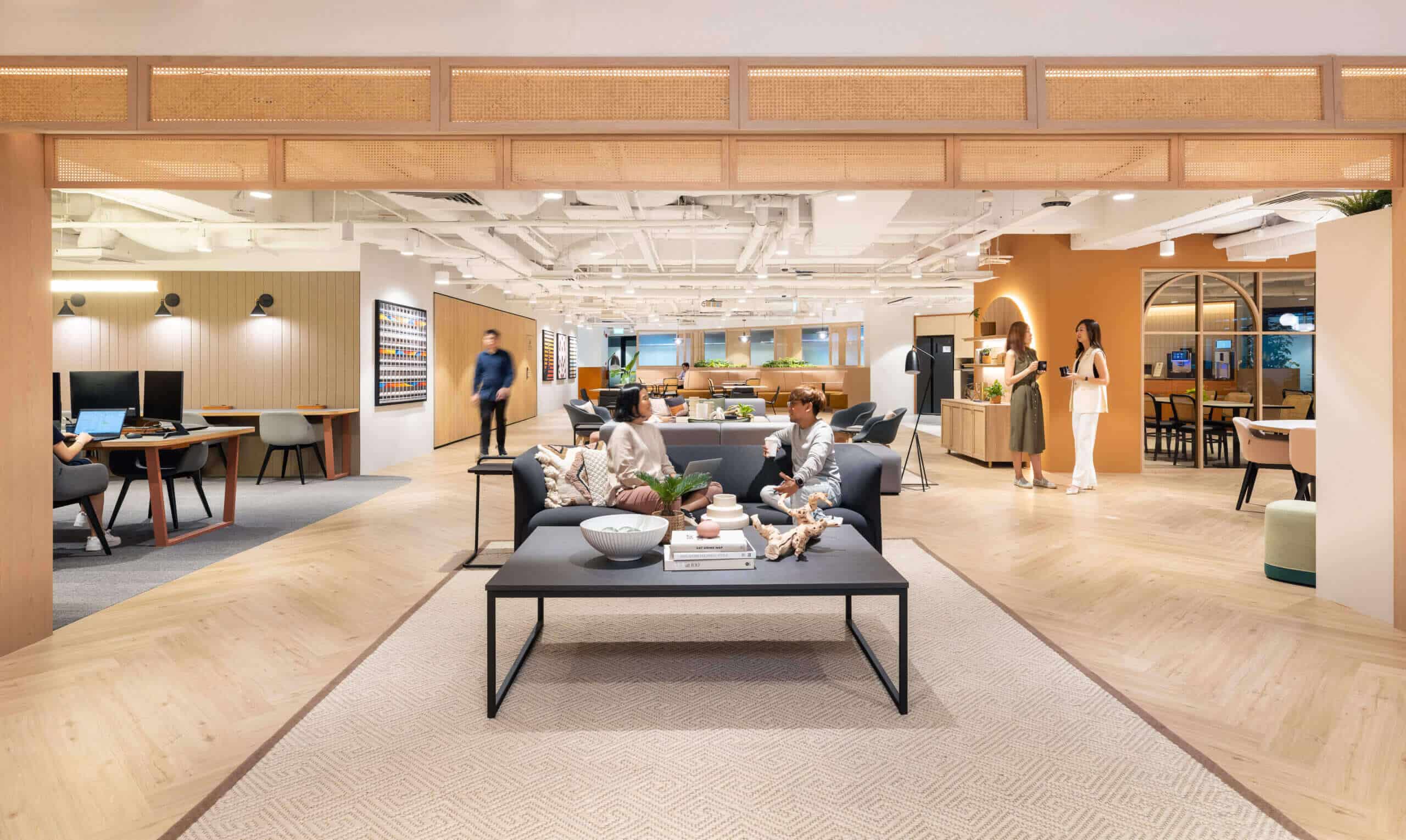Lightsource bp starts work on Australia’s first 10-hour BESS as part of solar battery hybrid

Solar and storage developer Lightsource bp has hit go on construction of Australia’s first 10-hour big battery project, part of what is the company’s first solar battery hybrid project in New South Wales.
The 49 megawatt (MW) battery will hook in behind the meter alongside its big 584 MW DC (450 MW AC) Goulburn River solar hybrid project.
The battery will be the developer’s first DC-coupled hybrid, a set up that means the generator and the storage share the same connection point so the solar can feed the battery first before being sent into the grid or stored for use in the evening peaks or at other times.
It enables the solar farm to avoid grid constraints and reduce energy losses.
The battery component is underwritten by a New South Wales (NSW) Long-Term Energy Service Agreement (LTESA), while the solar project has federal backing through the Capacity Investment Scheme (CIS).
The battery was once envisioned to have two hours of storage and a 260 MW capacity, but changes along the way saw it beefed right up to 2,000 megawatt hours (MWh) before coming back to earth as its current 49 MW, 562 MWh form.
That technically suggests an 11 hour battery, but Lightsource bp says that, with losses, it ends up as a 10.4 hour battery. Still, that is the biggest in Australia and highlights the growing interest in using solar battery hybrids to inject power into the grid well into the evenings.
The hybrid project is due to start operations by late 2026.
Two other batteries are also proposed for the site, albeit with a different connection, including the standalone 450 MW, 1370 MWh Goulburn River battery that was one of the projects that landed a CIS contract this week.
The project is being sold by Lightsource bp as an example of how battery storage can be the firm backup that solar and wind needs, as opposed to the traditional fall back of gas.
“By demonstrating that long-duration storage can firm solar generation, we can cover the peak periods and enable coal to retire on or ahead of schedule,” said Lightsource bp’s Adam Pegg.
“This project also demonstrates why international capital is flowing to Australia. Energy policy certainty and tools like NSW’s Roadmap and the Commonwealth’s CIS provide investors the confidence they need, while our technology choices maximise every renewable electron possible.”
Solar-battery hybrids are now the go-to for developers as costs for both continue to fall and they’re much easier and quicker to roll out that wind.
But to date, there are still no operational hybrid projects on the National Energy Market grid, although the Cunderdin solar hybrid battery has been operating successfully on the separate W.A. market.
And just as the Goulburn River battery is just one of a number of solar-hybrids that Lightsource bp is mulling over in almost all of the other states, it’s also one of many currently under construction or development in Australia.
These include at Fulham in Victoria and Quorn Park in NSW, and the biggest to date which will the Smoky Creek and Guthrie Gap solar and battery project by Edify Energy.
The Edify 600 MW solar and 600 MW, 2,400 MWh battery will supply firm power to Queensland’s biggest energy consumer, the Rio Tinto owned Gladstone aluminium smelter and refineries.
More information:https://reneweconomy.com.au/lightsource-bp-starts-work-on-australias-first-10-hour-bess-as-part-of-solar-battery-hybrid/


